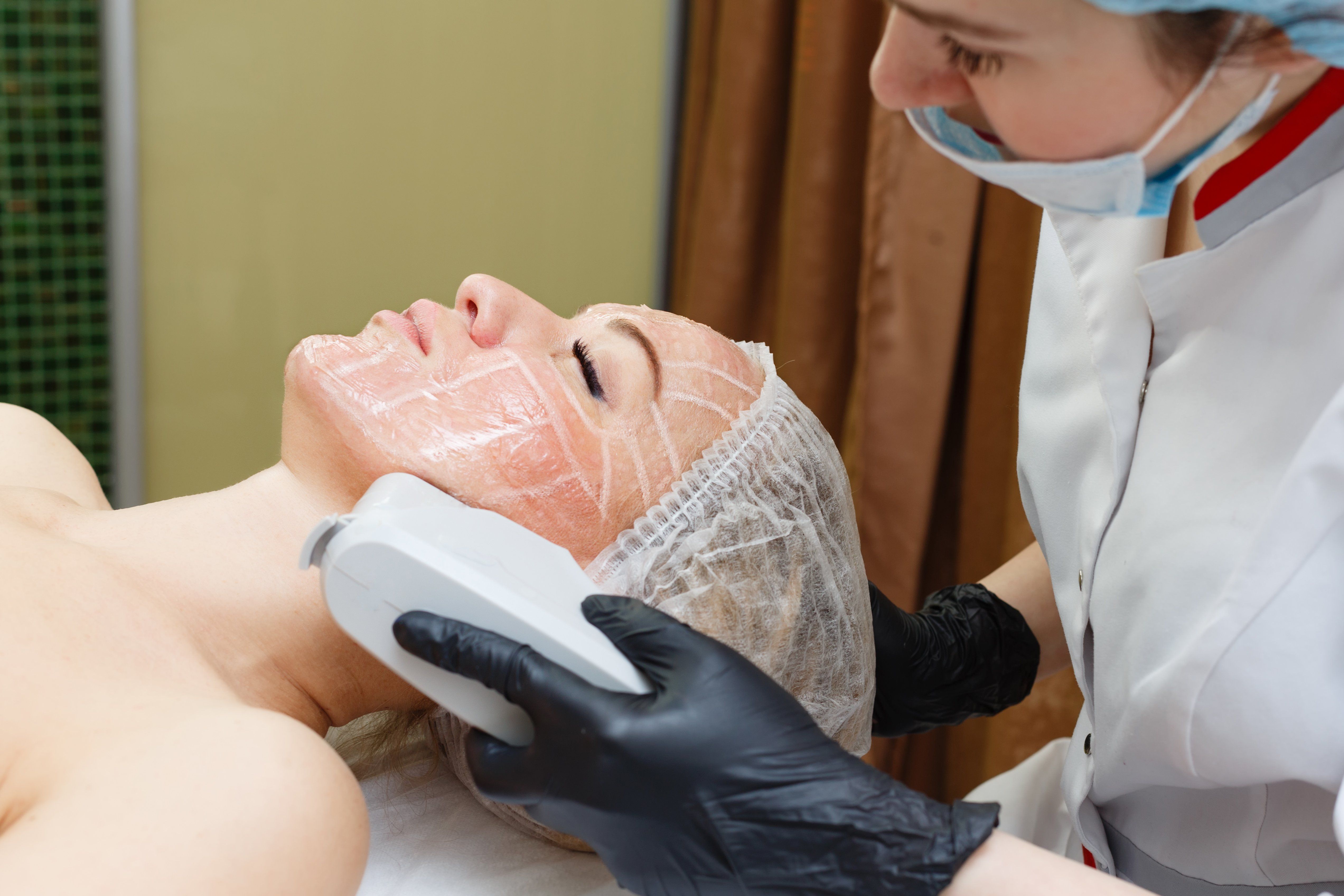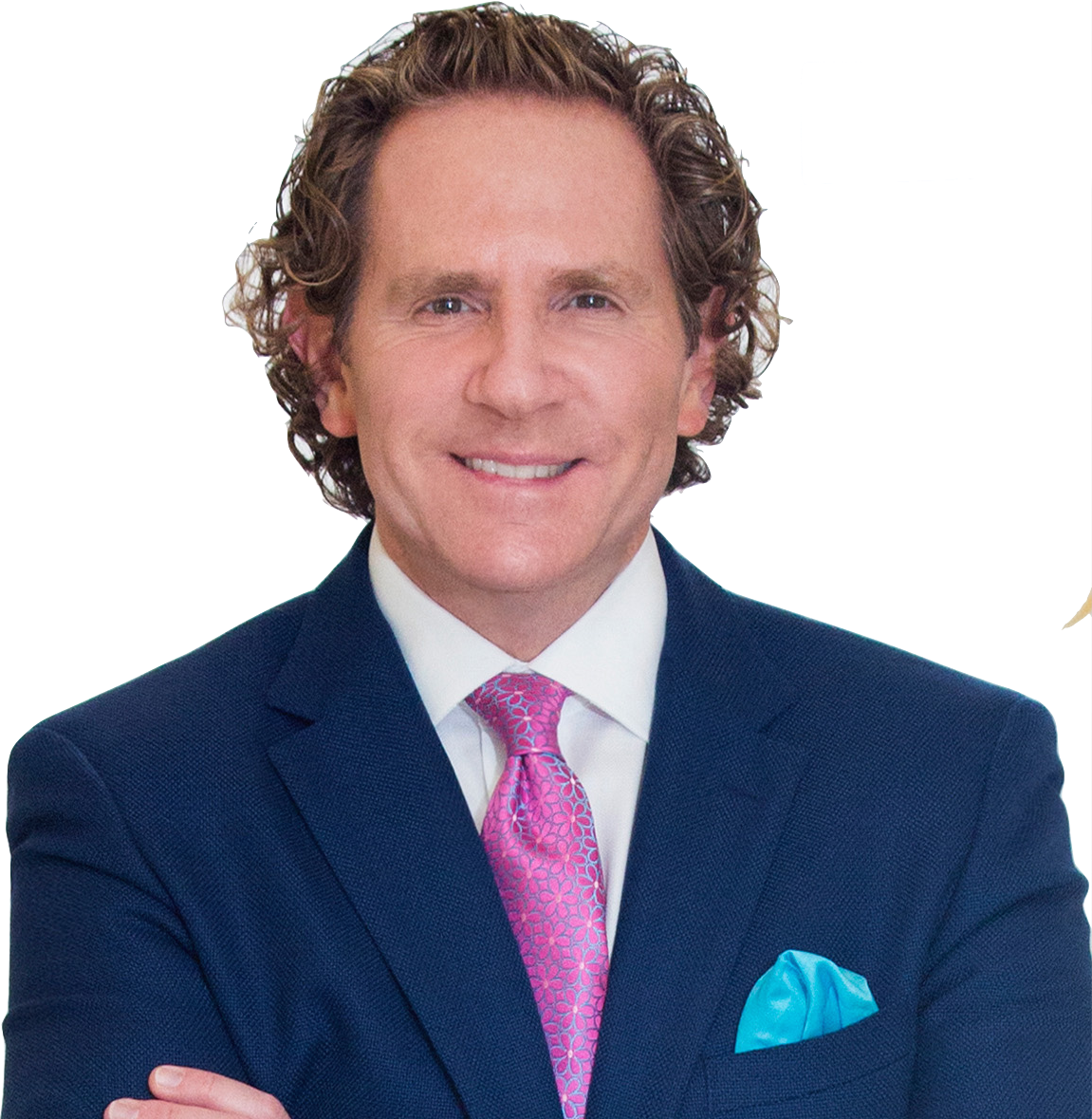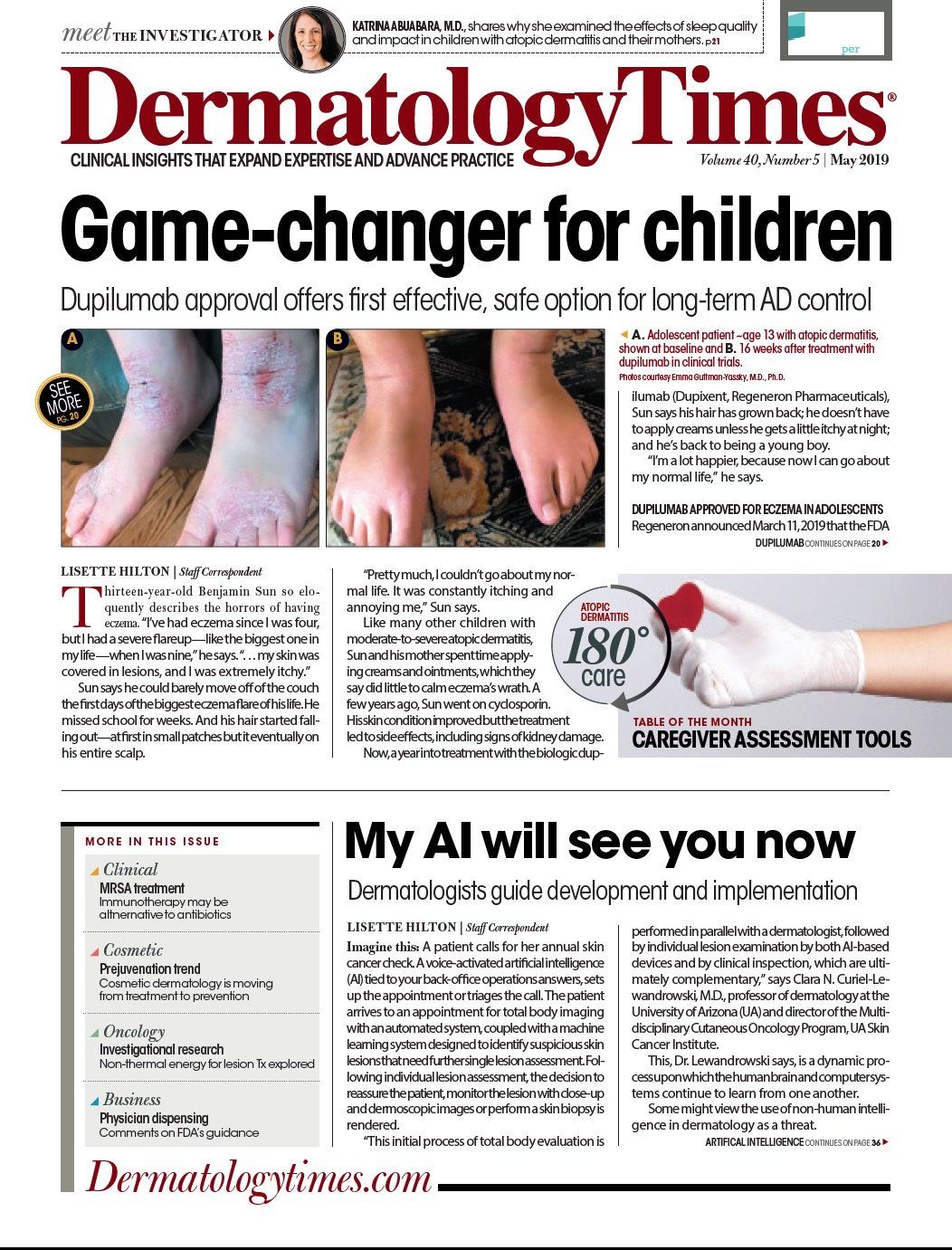- Case-Based Roundtable
- General Dermatology
- Eczema
- Chronic Hand Eczema
- Alopecia
- Aesthetics
- Vitiligo
- COVID-19
- Actinic Keratosis
- Precision Medicine and Biologics
- Rare Disease
- Wound Care
- Rosacea
- Psoriasis
- Psoriatic Arthritis
- Atopic Dermatitis
- Melasma
- NP and PA
- Skin Cancer
- Hidradenitis Suppurativa
- Drug Watch
- Pigmentary Disorders
- Acne
- Pediatric Dermatology
- Practice Management
- Prurigo Nodularis
- Buy-and-Bill
Publication
Article
Dermatology Times
Ultherapy update
Author(s):
Uses for micro-focused ultrasound are expanding and researchers are finding the technology makes a measurable difference to skin physiology.
(Vagengeym - stock.adobe.com)

Dr Fabi

Dr. Davis

Uses for micro-focused ultrasound (Ultherapy, Merz Aesthetics), the only FDA-cleared device with a nonsurgical skin lifting indication, are expanding, researchers are finding the device actually does make a difference to skin physiology and most patients give the treatment a thumbs up.
The keys, one expert says, are making sure patients have realistic expectations and using ultrasound visualization during treatment.
Ultherapy is FDA cleared for lifting of the brow, tightening the submental skin and improving wrinkles of the décolletage, according to Sabrina Fabi, M.D., a dermatologist in San Diego.
“But I also use it off-label for improving the laxity along the knees, which many women are bothered by, as well as the laxity that contributes the appearance of cellulite along the buttocks and posterior thighs. I also use it for the laxity of the abdomen and the posterior arms,” she says.
Science & Best Practices
Dermatologist researchers reported as early as 2012 that transcutaneous intense focused ultrasound was safe and effective when used to improve the clinical appearance, including texture and contour, of the upper arms, extensor knees and medial thighs.1 In 2014, researchers published a study suggesting, “Similar to its safety and efficacy for tightening facial skin and reducing wrinkles, [micro-focused ultrasound with visualization] MFU-V is an effective, noninvasive method for reducing skin laxity and improving the appearance of skin above the knee.”2
Ultrasound visualization allows users to target tissue by visualizing where they’re applying the micro-focused ultrasound energy. That’s important because patients’ skin thickness and anatomical features vary, according to a paper published online October 30, 2017 in the journal Clinical, Cosmetic and Investigational Dermatology.3
Providers can achieve optimal results by customizing Ultherapy treatment using visualization versus applying a standard protocol with no regard for the tissue being treated, Dr. Fabi says.
“That’s why [Ultherapy has] an indication for real-time visualization of tissue,” she says. “I think that people generally think that if you just deliver heat, you’ll get the result. …if you visualize the tissue that you’re intending to treat - not just fat or firing in air or firing in gel, but you actually can visualize superficial muscular aponeurotic system (SMAS) or any superficial fascial system, as well as dermis - you will get superior results.”
Those results do exist according to a recent basic science study showing that micro-focused ultrasound with visualization doesn’t change epidermal barrier function or skin physiology but does result in a significant increase in skin elasticity at 12 and 24 weeks after a single treatment.4
And patient satisfaction with the Ultherapy is relatively high, according to RealSelf stats published March 8, 2019, showing that based on more than 1,100 reviews, people gave Ultherapy an 80% Worth It rating.
Researchers of a study published January 2019 in the Journal of Drugs in Dermatology surveyed 52 Ultherapy patients six months after treatment and found 41% thought the treatment outcome met or exceeded their expectations.5 By comparison, 52% needed to look at photos to be able see post-treatment changes. Half believed they looked years younger and nearly three-quarters would recommend Ultherapy to others.
Setting Realistic Expectations
Clinicians need to tell patients that Ultherapy is a medical treatment and therefore some type of analgesic is going to be required.
“Because you are delivering 65 degrees of Celsius worth of heat, patients will feel it,” Dr. Fabi says.
And results tend not to be immediate.
“Just as with any collagen stimulating procedure, whether it’s radiofrequency or nonablative fractionated lasers, it can take three months in order for enough collagen to be delivered for a patient to be able to appreciate the result,” Dr. Fabi says.
Until recently, there were no comparative clinical trials of the two major device categories for noninvasive skin tightening: monopolar capacitive-coupled radiofrequency and micro-focused ultrasound with visualization, according to authors of a paper published January 2019 in Dermatologic Surgery.6
Those authors conducted a randomized, split-face, evaluator-blind clinical trial comparing the devices for lifting and tightening skin on the face and upper neck. They found both led to significant improvements in face and neck laxity and there were no statistical differences between the two device types in standardized investigator measures of face and neck laxity, patient satisfaction and adverse events. Dr. Fabi notes the limitation of this study was that the standard protocol was used on the micro-focused ultrasound with visualization treated side and no customization based on tissue depth was utilized.
A Question of Pain
While Steven L. Davis, D.O., a plastic surgeon in Cherry Hill, N.J., agrees that results are similar between radiofrequency and micro-focused ultrasound options, he prefers radiofrequency because, he says, in his hands it’s more tolerable for patients.
“We started off using Ultherapy …and tried it for a little while to treat the neck. The problem was that it was so intense for the patient. I had to inject local anesthetic into the neck. By the time that was infiltrated and the neck was already completely numb, I could literally make a small incision in the submental area and use a radiofrequency probe that goes under the skin and allows me to emulsify the fat and liposuction the fat away.”
As a result, he transitioned to radiofrequency technologies FaceTite and NeckTite (BodyTite, InMode). According to the company, these technologies work by gently removing fat while simultaneously tightening and contouring the treatment area.
Disclosures:
Dr. Fabi is an investigator and consultant for Merz, Allergan, Galderma, Valeant, Revance, Evolus and other companies.
Dr. Davis is a speaker and trainer for Allergan and Galderma.
References:
1. Alster TS, Tanzi EL. Noninvasive lifting of arm, thigh, and knee skin with transcutaneous intense focused ultrasound. Dermatol Surg. 2012;38(5):754-759.
2. Gold MH, Sensing W, Biron J. Use of micro-focused ultrasound with visualization to lift and tighten lax knee skin. Journal of Cosmetic and Laser Therapy. 2014;16(5):225-229
3. Fabi S, Pavicic T, Braz A, Green JB, Seo K, Van loghem JA. Combined aesthetic interventions for prevention of facial ageing, and restoration and beautification of face and body. Clin Cosmet Investig Dermatol. 2017;10:423-429.
4. Hilton, Lisette. Skin physiology post Ultherapy. Dermatology Times. February 29, 2019. Available at: https://www.dermatologytimes.com/facial-rejuvenation/skin-physiology-post-ultherapy Accessed: April 11, 2019.
5. Montes JR, Santos E. Patient Satisfaction Following Treatment With Microfocused Ultrasound With Visualization: Results of a Retrospective Cross-Sectional Survey. J Drugs Dermatol. 2019;18(1):75-79.
6. Alhaddad M, Wu DC, Bolton J, et al. A Randomized, Split-Face, Evaluator-Blind Clinical Trial Comparing Monopolar Radiofrequency Versus Microfocused Ultrasound With Visualization for Lifting and Tightening of the Face and Upper Neck. Dermatol Surg. 2019;45(1):131-139.






